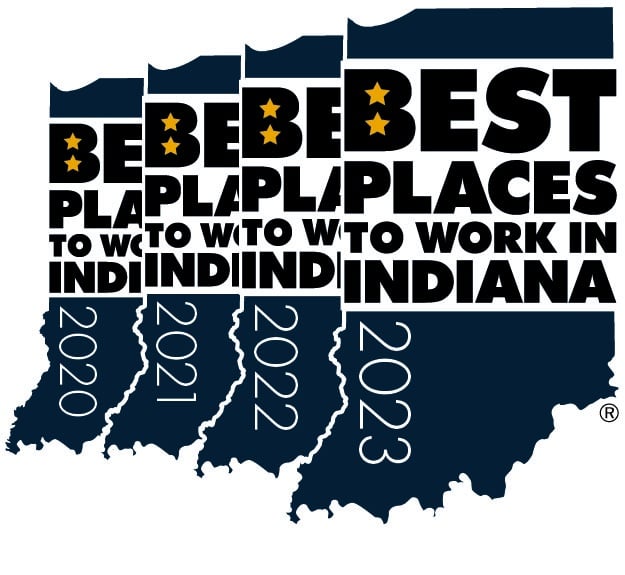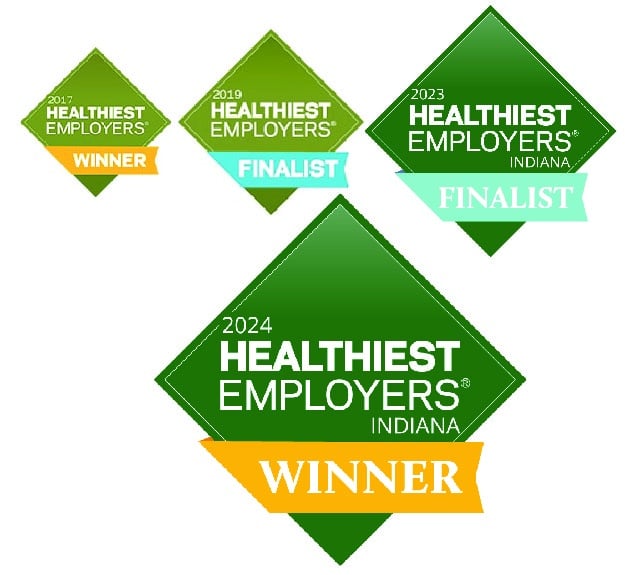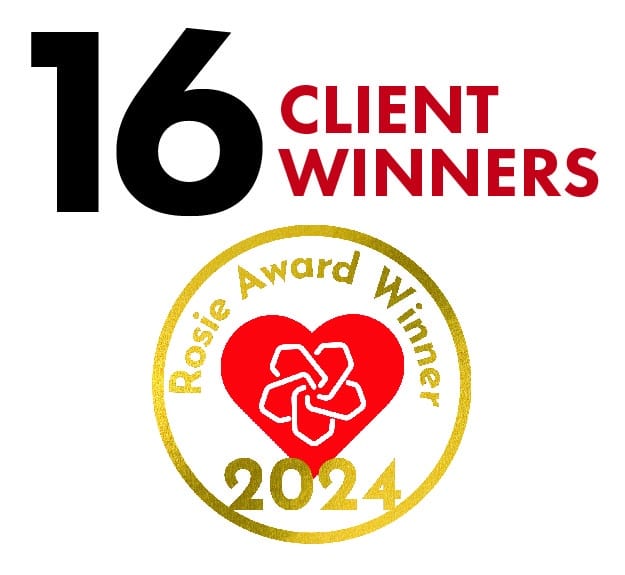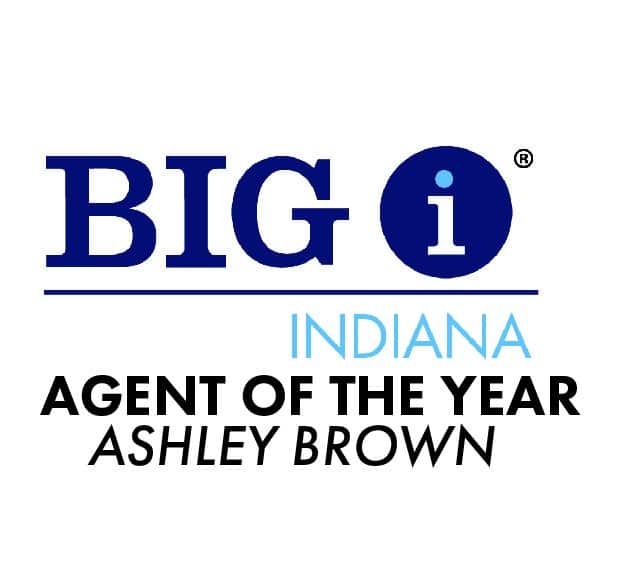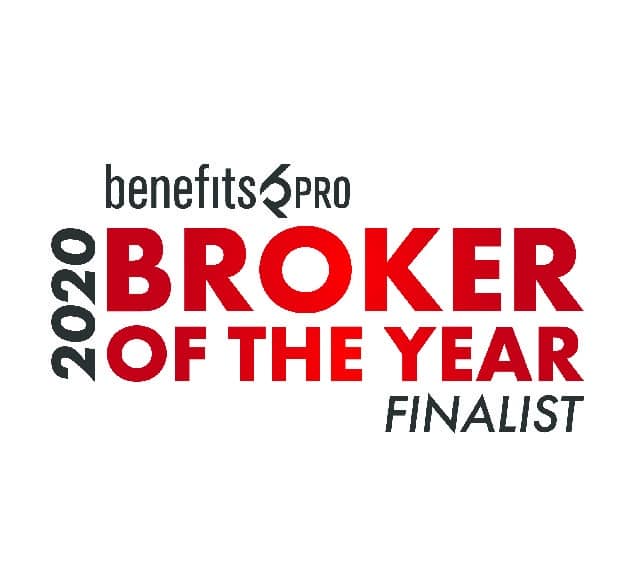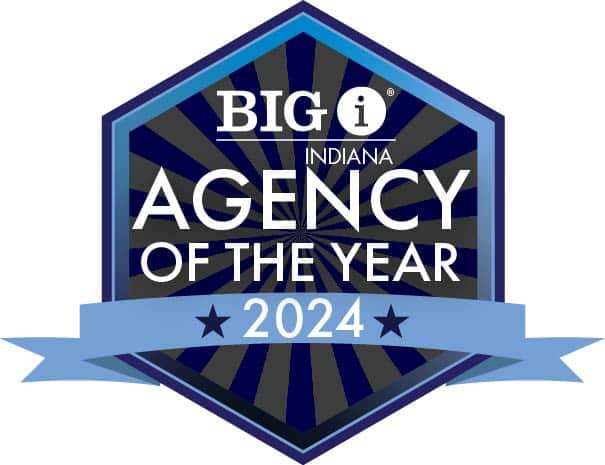How to Source $4.3 Million in Medication for Free
BY BEN CONNER
The prices of life-saving specialty medications rise year after year. Some have skyrocketed to more than $2,000 per month for each patient, and most experts expect to see these costs account for more than 40% of all drug expenses in 2020. The runaway price increases are hampering company budgets, and leaders are left scrambling to cover the difference. The only way to stop the excessive pricing is to stomp them out at the source. When done correctly, aggressive sourcing can even lead to free medication for employees on the plan.
While many specialty drugs cost more than $24,000 a year, some have an even steeper price tag. Humira, a drug meant to manage inflammatory conditions like Crohn’s disease, rheumatoid arthritis, and chronic plaque psoriasis. Humira can reach prices of $66,000 ($5,500 a month) for an entire year’s supply. Although you may not have anyone on staff with one of these conditions, you likely employ someone who requires a specialty drug for something else. Even a single employee on specialty medications can significantly impact your overall health care costs by incurring tens of thousands of dollars in medication expenses.
Battling these costs requires a systematic approach to sourcing medication. With the right strategy in place, you can save nearly $1,000 per employee every year.
How to Save $4.3 Million on Medication
In 2019, we sourced over $4.3 million in medication for our clients for free, saving these employers an average of $850 per employee throughout the year. By systematically reviewing each company’s pharmaceutical choices within their plan, we were able to slash costs.
To generate these savings, we reviewed each plan’s pharmaceutical options, focusing on:
- What medications are available on the plan. Some medications covered on a plan may be too expensive to justify their costs when cheaper options are accessible. In these cases, we prioritize the affordable options that offer the same efficacy.
- Where employees access their prescriptions. The chain pharmacy right next to the company’s head office might seem convenient for the employees, but it may not offer the best prices for patients. Our evaluations determine which pharmacies offer the best prices on medication. Once we know which pharmacies are the best choice, we work on partnering to deliver better care for employees.
- Flexibility and engagement with benefits managers. In examining how well the pharmacy communicates and works with other companies, we can gauge whether or not they are willing to provide high-quality customer service.
Each strategy compounds the other. When combined, the savings generated can be significant, and the quality of care may even increase if employees have access to better pharmacists.
When companies spend less on benefits, they can reinvest the money back into their workforce. By keeping their employees happy, these companies may increase employee retention and attract top talent with their improved benefits package.

